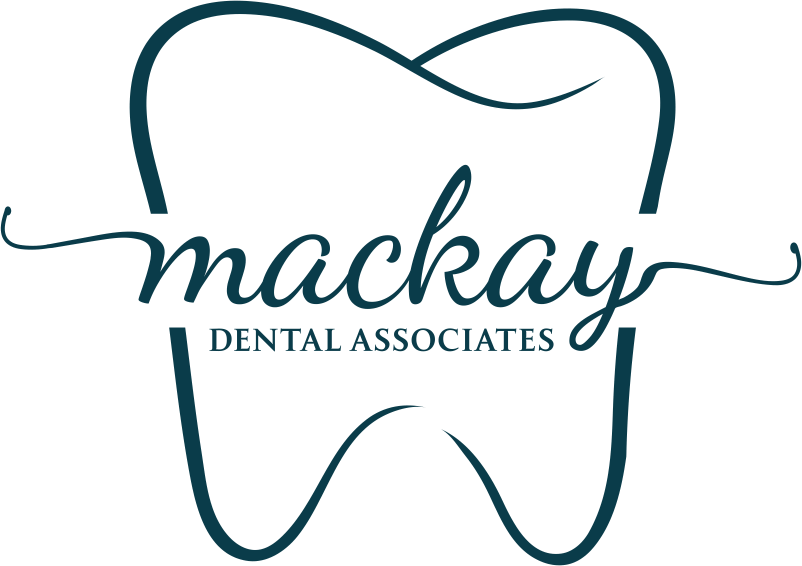Restorative Dentistry
Restorative Dentistry

share
Restorative dentistry is a branch of dentistry focused on repairing and restoring the function, aesthetics, and health of damaged or missing teeth. It involves various procedures and treatments aimed at repairing tooth structure, replacing missing teeth, and improving overall oral health.
There are various types of restorative dental procedures that aim to repair and restore damaged or missing teeth. Some common types of restorative dental procedures include:
Fillings: Dental fillings are used to repair teeth affected by cavities or minor damage. They involve removing the decayed portion of the tooth and filling the space with materials such as amalgam (silver fillings) or composite resin (tooth-colored fillings).
Crowns: Dental crowns, also known as caps, are used to restore severely damaged or weakened teeth. They cover the entire visible portion of the tooth, providing protection and strength. Crowns can be made from materials like porcelain, metal alloys, or a combination of both.
Bridges: Dental bridges are used to replace one or more missing teeth by bridging the gap between the remaining natural teeth. They consist of artificial teeth (pontics) held in place by dental crowns on the adjacent teeth.
Dental Implants: Dental implants are considered a more permanent and advanced option for replacing missing teeth. They involve surgically placing a titanium implant into the jawbone, which acts as a replacement tooth root. An artificial tooth (crown) is then attached to the implant, restoring both function and aesthetics.
Inlays and Onlays: Inlays and onlays are indirect restorations used to repair moderately damaged or decayed teeth. They are custom-made in a dental laboratory and then bonded onto the tooth surface. Inlays are used when the restoration is within the cusps of the tooth, while onlays extend to cover one or more cusps.
Dental Bonding: Dental bonding involves applying a tooth-colored composite resin material to repair minor chips, cracks, or gaps in the teeth. The resin is shaped and hardened using a special light, resulting in a natural-looking restoration.
These are just a few examples of restorative dental procedures. The specific treatment plan and procedure used will depend on the individual’s dental condition and the recommendations of the dentist.
Find Your Perfect Smile!
We believe that good communication is key to a successful dental experience, and we are always happy to answer any questions you may have.


